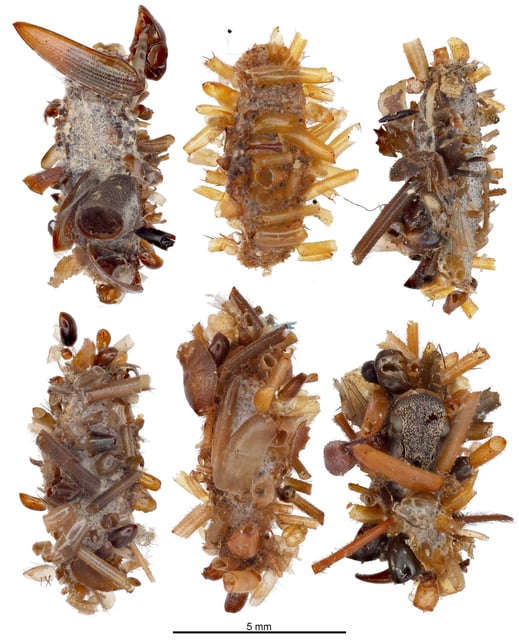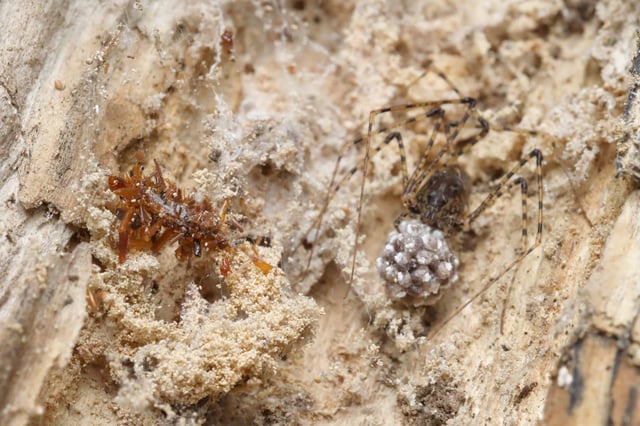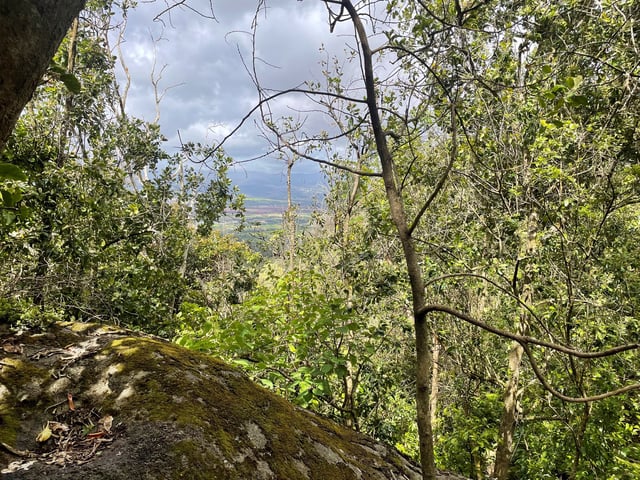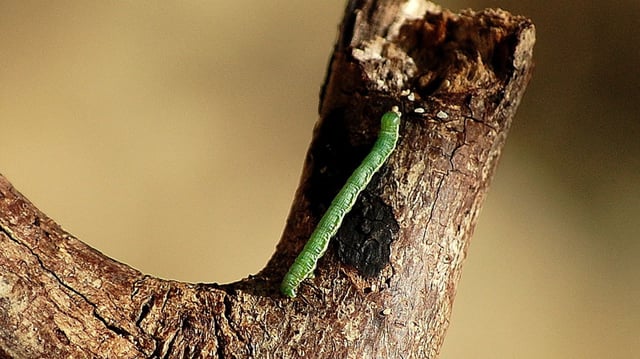Overview
- The 'bone collector' caterpillar, found only on Oʻahu, camouflages itself with insect remains to live undetected in spider webs.
- This species, part of the endemic Hyposmocoma genus, is the only caterpillar known to cohabit spider webs and use corpse-based camouflage.
- Researchers have observed just 62 individuals in a 15 km² area over 20 years, highlighting its extreme rarity and vulnerability.
- Genetic analysis dates its lineage back at least 6 million years, predating the Hawaiian island of Oʻahu itself.
- Scientists warn that habitat loss and invasive species pose imminent extinction risks without targeted conservation efforts.



